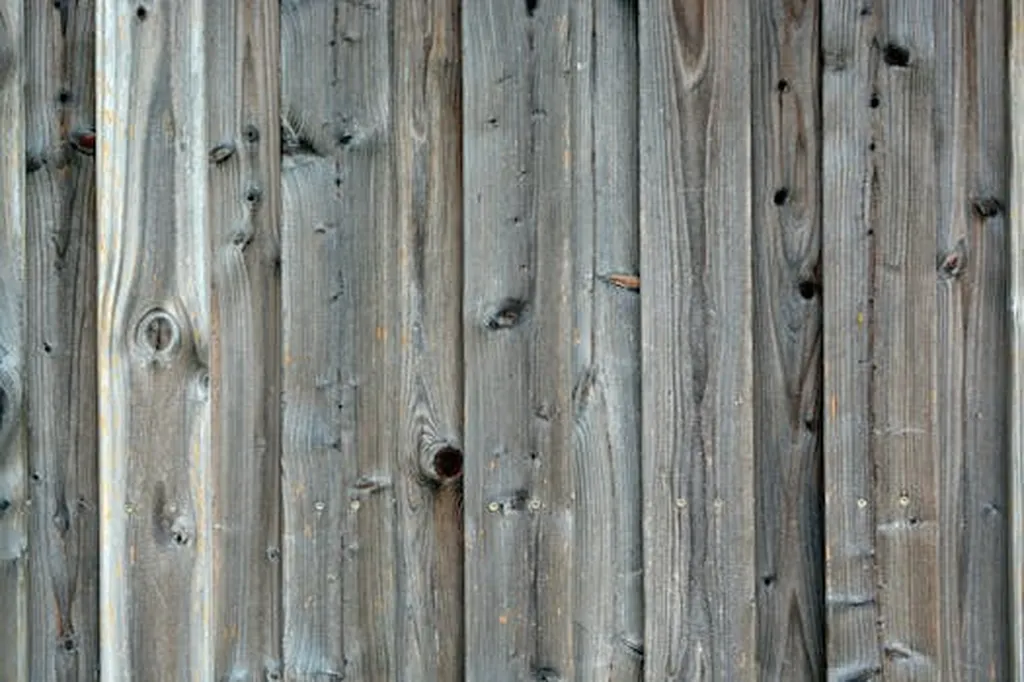In the quest for sustainable construction materials, a team of researchers led by Dan Bergsagel from the Circular Construction Lab at Cornell University has made a significant stride. Their work, published in the journal ‘npj Materials Sustainability’ (which translates to ‘npj Materials Sustainability’), evaluates alternative lamination methods for engineered wood products (EWP) that could revolutionize the construction industry’s approach to circular economy principles.
Engineered wood products have long been a staple in construction due to their versatility and structural integrity. However, traditional manufacturing processes rely heavily on permanent adhesive resins, which pose challenges for recycling and can release harmful gases. Bergsagel and his team sought to address these issues by exploring non-adhesive lamination methods that could enhance the circular and environmental performance of EWPs.
The research unfolded in three key phases. First, the team evaluated various interlocking surface patterns to improve non-adhesive lamination. They tested 17 different pattern shapes and 24 interlocking depths to determine the most effective configurations. This initial phase laid the groundwork for the subsequent structural performance tests.
In the second phase, the researchers compared the structural performance of different lamination methods, including traditional glue lamination, metal nails, wood nails, and plastic straps. The tests were conducted on 4.5-foot two-layer beams made from 2×4 lumber. Notably, the grooved interlocking samples with mechanical fasteners outperformed the reference flat adhesive lamination method in both modulus of rupture (MOR) and modulus of elasticity (MOE) by 31% and 19%, respectively. “The grooved shear interface with wood nail fasteners showed remarkable promise,” Bergsagel explained. “This method not only matched the structural performance of traditional adhesive lamination but also offered significant advantages in terms of circularity and environmental impact.”
The final phase involved a comprehensive comparison of qualitative and quantitative parameters, including structure, economy, environment, and circularity. The results consistently pointed to the grooved shear interface with wood nail fasteners as the preferred lamination method for EWPs in circular construction, dubbed “GrooveLam.”
The implications of this research are far-reaching for the construction industry and the energy sector. As the demand for sustainable building materials grows, the development of larger dimension and longer length multi-lamination structural bending elements using the GrooveLam method could become a game-changer. “This innovation has the potential to reshape how we think about and utilize engineered wood products,” Bergsagel noted. “It aligns with the broader goals of reducing waste, improving recycling capabilities, and minimizing environmental impact.”
The study’s findings suggest that the construction industry is on the cusp of a new era where circular economy principles are not just aspirational but achievable. By adopting methods like GrooveLam, builders and developers can create structures that are not only durable and cost-effective but also environmentally responsible. As the world continues to grapple with the challenges of climate change and resource depletion, such advancements are crucial for fostering a more sustainable future.
The research published in ‘npj Materials Sustainability’ provides a compelling roadmap for the future of engineered wood products, offering a blueprint for how innovation can drive progress in the construction industry. With further development and adoption, the GrooveLam method could become a cornerstone of circular construction, paving the way for a more sustainable and resilient built environment.

